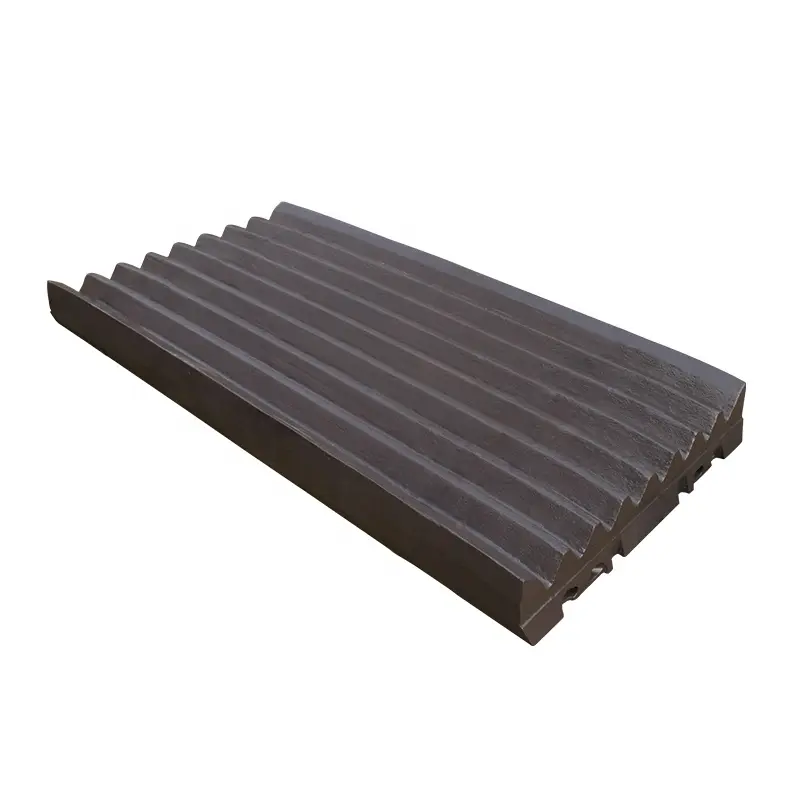Installation and commissioning of the buffer board
Buffer plates play a vital role in mechanical equipment, they can effectively reduce shock and vibration, protect equipment from damage. The correct installation and debugging of the buffer board can not only extend the service life of the equipment, but also improve the operating efficiency. This article will provide you with a detailed buffer board installation and commissioning guide to help you ensure the smooth operation of the device.
1. Prepare for installation
Before installing the buffer board, first make sure that all the necessary tools and materials are ready. Common tools include wrenches, screwdrivers, levels, and measuring scales. In addition, check that the buffer plate and related accessories are in good condition to ensure that there are no missing or damaged parts.
2. Installation Procedure
Determine the installation position: Determine the installation position of the buffer plate according to the device design drawing. Use a level and measuring stick to ensure accurate position.
Secure the buffer plate: Place the buffer plate in a predetermined position and secure it using screws or bolts. Do not tighten too much to avoid damage to the buffer plate or the device.
Connect related components: Connect the buffer plate to other components of the device to ensure that all connection points are secure and reliable. Use a wrench and screwdriver to make the necessary adjustments.
3. Debugging and testing
Preliminary inspection: After the installation is complete, conduct a preliminary inspection to ensure that the buffer plate is firmly installed and all connection points are not loose.
Running test: Start the device and observe the working condition of the buffer board. Note any unusual noises or vibrations.
Adjust the buffer plate: If you find that the buffer plate is not ideal, you can fine-tune it by adjusting the tightness of the screws or bolts. If necessary, recalibrate the position using a level and measuring stick.
4. Maintenance and maintenance
Regular inspection: Periodically check the fixing and connection points of the buffer plate to ensure that it is always in good condition.
Cleaning and maintenance: Keep the buffer board and its surrounding environment clean to avoid dust and debris affecting its performance.
Timely replacement: If the buffer board is found to be worn or damaged, replace it in time to avoid affecting the normal operation of the device.
Conclusion
The correct installation and commissioning of the buffer board is the key step to ensure the smooth operation of the equipment. By following the above guidelines, you can effectively reduce the impact and vibration of your equipment and extend its service life. I hope that the detailed steps in this article will help you to install and debug the buffer board more easily and ensure the efficient operation of the equipment.




